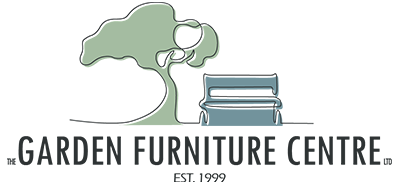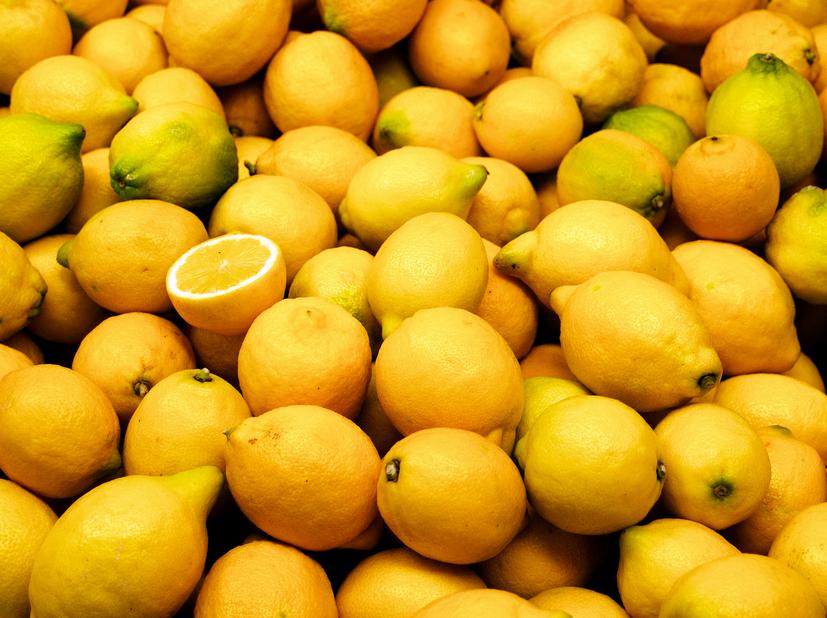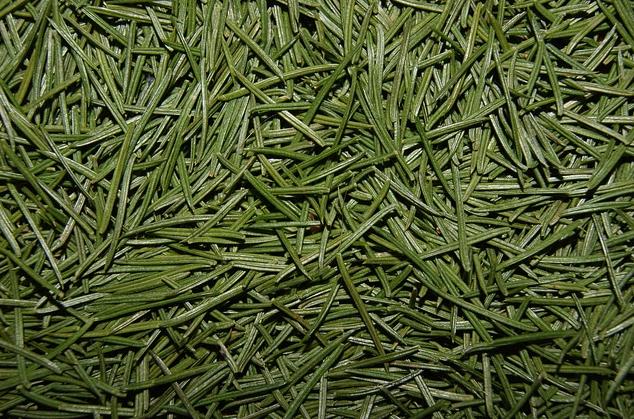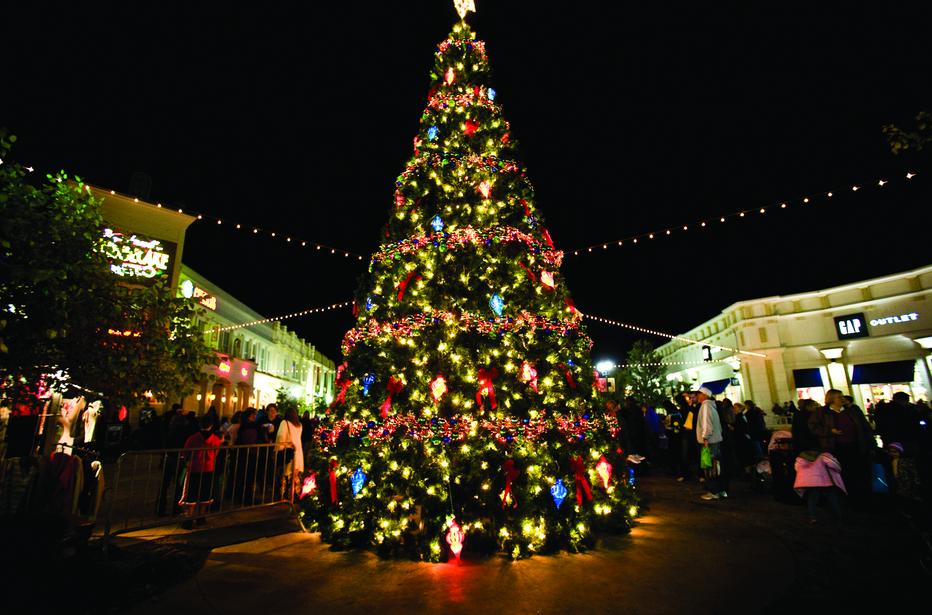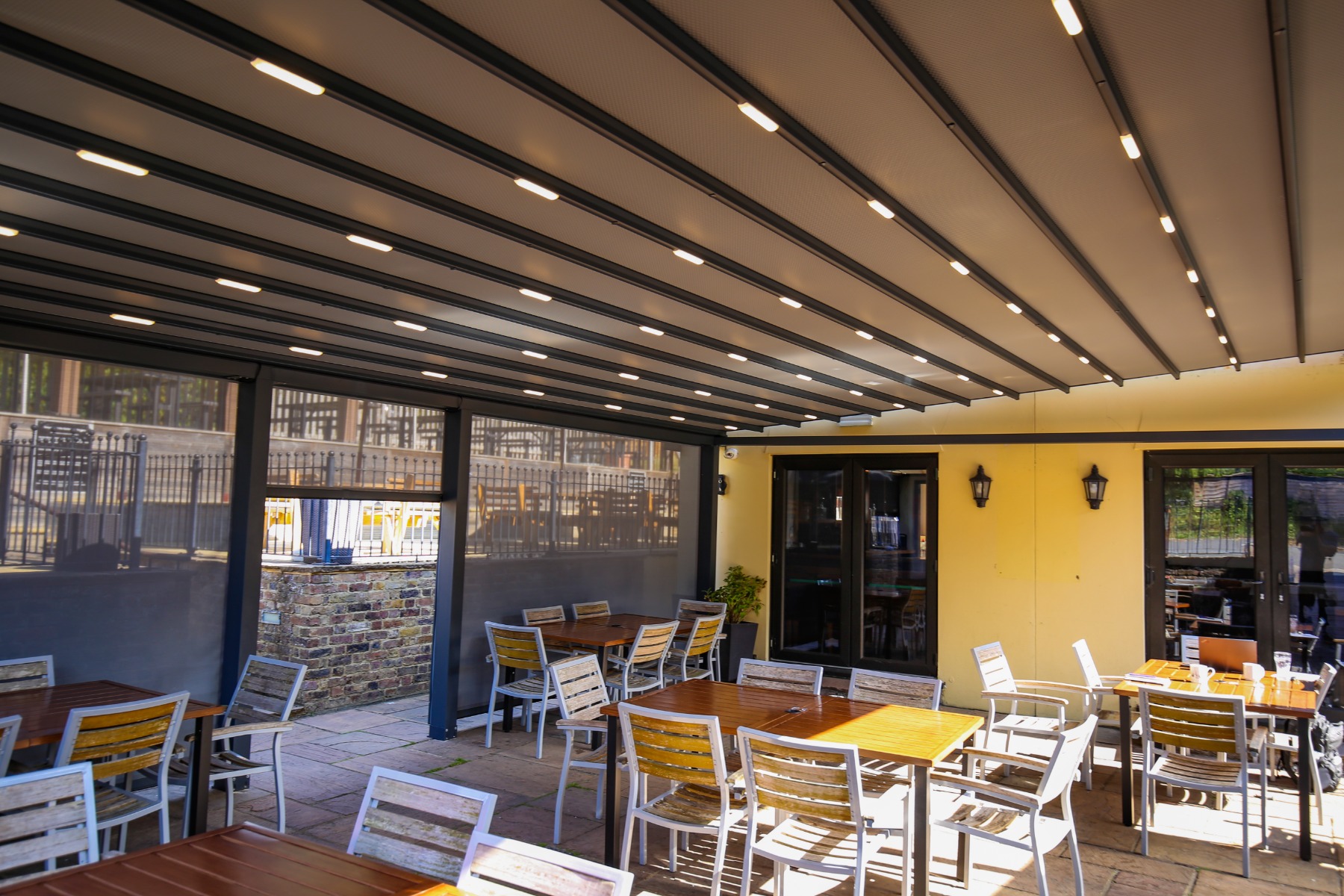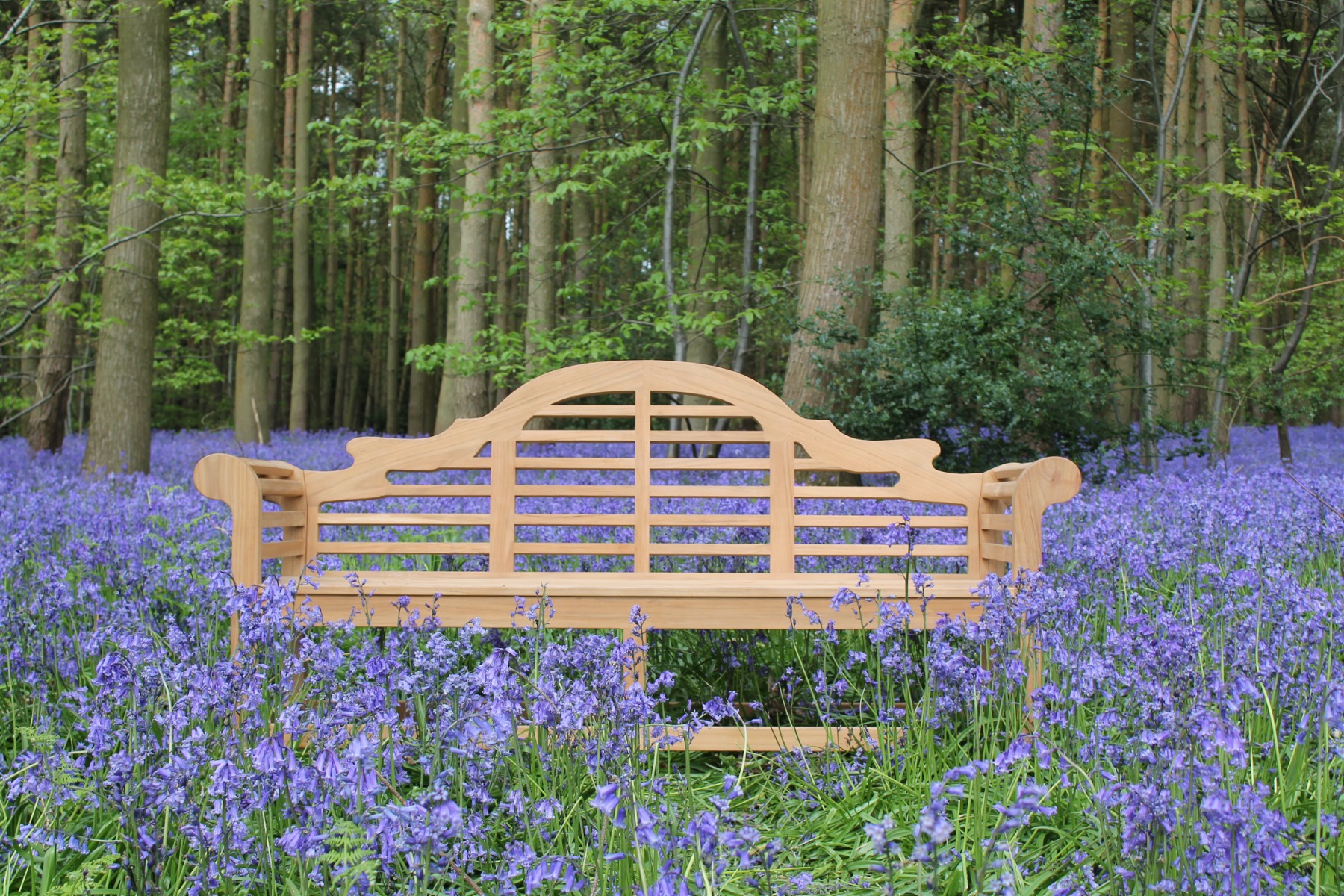We hadn’t either up until a few weeks ago, when, after buying our yearly range of Christmas Trees we decided to do a bit of research into the less well known facts about these tree’s and their origins.
And we were surprised to hear that many people turn the needles into tea – largely for their high Vitamin C and Vitamin A content, believe it or not.
Apparently a cup of Christmas Tree Tea has the equivalent Vitamin C of about half a dozen lemons.
image courtesy of Urine Test Blog
How do you make Christmas Tree Tea?
The process is quite simple really heat water until it’s hot but not boiling, add a generous helping of pine needles and then leave them to soak for around half an hour.
The water will take on a yellow or reddish tinge and the darker it is the more Vitamin C will be present.
Different pines have different flavours and many people use honey or sugar as a sweetener.
A word of caution though …
Make sure you research consult with an expert before attempting this as some pine needles are poisonous.
Too much Vitamin C can cause loose bowels.
This tea should be avoided by pregnant women.
Don’t simply grab a handful of needles off the lounge carpet this Christmas and ask everyone if they fancy a cup of tea.
And, of course, a few other interesting facts about Christmas tree’s …
1. The use of evergreen tree’s to celebrate the winter season was practised before the birth of Christ.
2. Just one acre of Christmas trees will provide the equivalent oxygen to satisfy the daily intake of 18 people.
3. It is though that more than 330,000 real Christmas trees are now sold over the internet through ecommerce channels.
4. Each year there are around 60 million grown in Europe alone.
5. The largest Christmas tree structure, in Brazil 2009, was decorated with 25,200 red hot fairy lights and 3,144 strobe lights – they had a real disco Christmas that year!
6. The first artificial trees were made by the German’s from goose feathers – presumably after a massive Christmas dinner.
